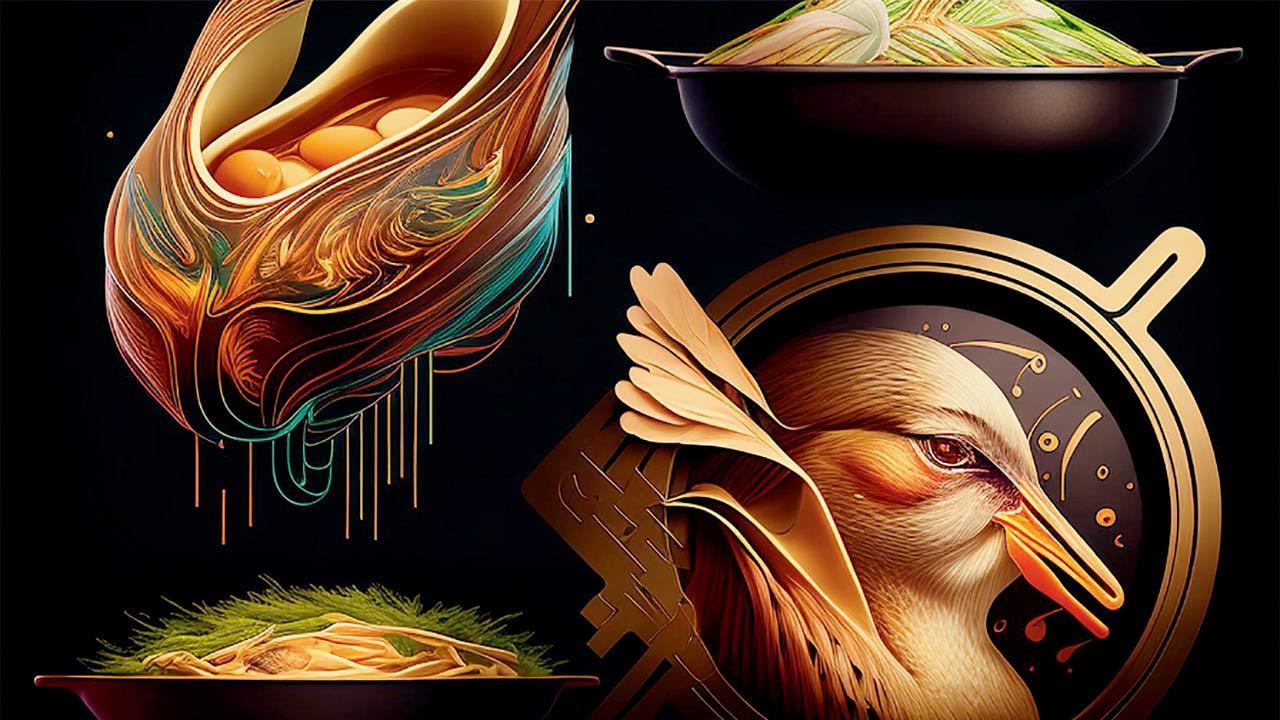A history of Hainan’s leftover soup
Updated On: 28 March, 2023 05:29 AM IST | Mumbai | C Y Gopinath
In China’s Hainan province, they boil chicken differently. And for centuries, they’ve been playing with the broth. Now it’s pure witchcraft

Hainan Chicken has found a place on CNNGO’s list of the world’s 50 most delicious dishes. Imaging/Midjourney
 Tell me, cook, how do you boil your chicken? I suppose you cut it into big chunks, plop it into water and wait, like mere mortals do. Or perhaps you truss up the sorry bird whole and boil it. It’s just chicken and it’s just boiling, right? How complicated could that be?
Tell me, cook, how do you boil your chicken? I suppose you cut it into big chunks, plop it into water and wait, like mere mortals do. Or perhaps you truss up the sorry bird whole and boil it. It’s just chicken and it’s just boiling, right? How complicated could that be?
Maybe this is where I should tell you about the humble feast I eat at least twice a week for the paltry price of 40 baht (or 95 rupees). I’ll be sitting at a steel table in a Bangkok roadside eatery across the road named after the only dish on its menu — Khao Man Gai in Thai, but plain Hainan Chicken and Rice to you. You would never suspect it was one of the four signature dishes of China’s Hainan province. You wouldn’t believe it found a place on CNNGO’s list of the world’s 50 most delicious dishes.




